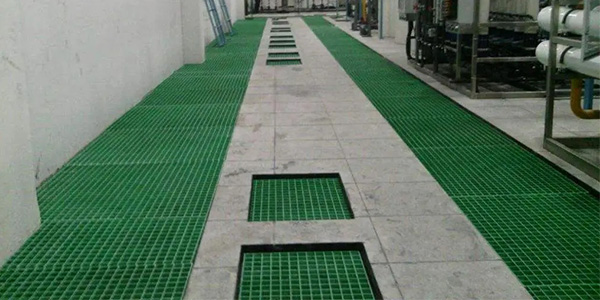The Cost Of Rebar And The Cost Of Fiberglass Rebar
The cost of rebar and fiberglass rebar can vary depending on several factors such as the market conditions, location, quantity, size, and supplier. Generally, fiberglass rebar tends to be more expensive than traditional steel rebar. Here's a brief overview of the cost factors for each:
 |
the cost of rebar and the cost of fiberglass rebar |
Steel Rebar: The cost of steel rebar is influenced by factors such as the type of steel (e.g., carbon steel, stainless steel), diameter, grade (e.g., ASTM A615, ASTM A706), and market fluctuations. Steel rebar is widely available and commonly used, which can contribute to its relatively lower cost compared to alternative materials.
Fiberglass Rebar: Fiberglass rebar is typically more expensive than steel rebar due to factors such as the manufacturing process, material composition, and specialized properties it offers. The cost of fiberglass rebar can vary depending on factors such as diameter, strength, and any additional features or customization options.
It's important to note that while fiberglass rebar may have a higher upfront cost, it can provide long-term cost savings in certain applications. Factors such as its corrosion resistance, durability, and extended lifespan can contribute to reduced maintenance and replacement costs over time.
To determine the specific cost of rebar and fiberglass rebar for your project, it is advisable to reach out to local suppliers, construction material distributors, or manufacturers. Request quotes based on your project requirements to obtain accurate and up-to-date pricing information. Additionally, consider comparing prices from multiple sources to ensure you are getting the best value for your investment.
Remember that cost should not be the only factor when selecting rebar. Consider other aspects such as project specifications, durability requirements, environmental conditions, and the specific benefits that each type of rebar offers.

Comments
Post a Comment